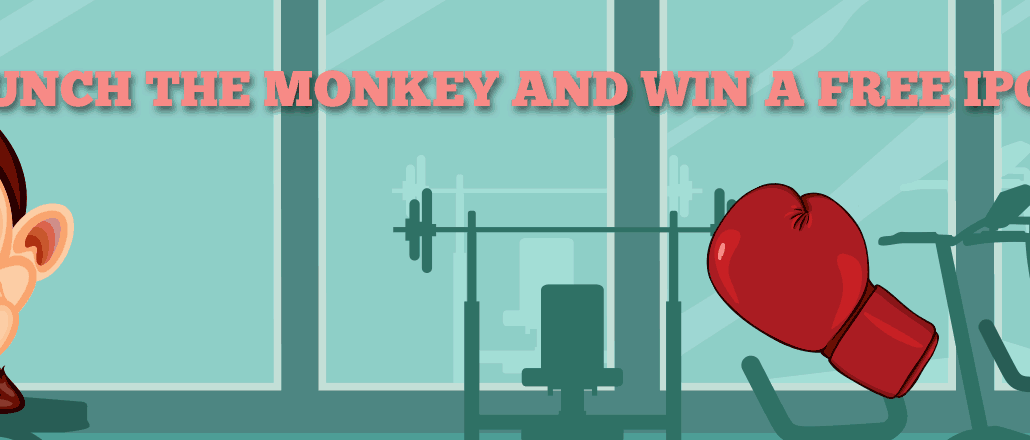
The Flash zombie will not die.
It’s been half a decade since Steve Jobs penned an open letter explaining why Apple’s mobile devices didn’t support the technology. And yet Flash, which is still plagued by security holes like the one hackers used to attack Yahoo users last month, has proven to be more resilient than expected. Over 90 percent of rich-media impressions in the first quarter were from Flash-based banners, according to Sizmek data.
Flash’s perplexing staying power has a very human cause: familiarity among agencies and their creatives, who can’t quit the tech despite its issues. “Everyone in every agency’s creative department grew up using Adobe’s creative suite, so agencies still have deep benches of people who specialize in this,”said Media Kitchen managing partner Josh Engroff. “Moving away from it means new training and calibration.”
This also explains why agencies have been so slow to adopt HTML5, which is widely seen as Flash’s successor. While the tech is more flexible than Flash and a far better fit for mobile screens, it’s more friendly to programmers than designers, which makes it harder for creatives to pick up. HTML5 assets are also heavier than their Flash counterparts, meaning higher ad serving costs for agencies and their clients. And then there are HTML5’s inherent limitations, which make ads built with it less dynamic compared to their Flash counterparts.

“When it comes to banner ads, Flash is still the easiest form of production. It’s all about the workflow,” said Pete Deutschman, CEO of LA-based boutique agency Buddy Group, which dissolved its team of Flash developers and specializes in HTML5. “Everyone has invested so much to make it easier for designers and media people to easily traffic ads because that’s where the margin happens.”
Ad position: web_incontent_pos1
While Flash is still a begrudged presence among agencies, there’s far less love for it among tech companies. Apple, which doesn’t let Flash run on the iPhone and iPad, has brought some roadblocks to Safari, which forces users to download plugins to view Flash content. Google added a feature to Chrome that automatically pauses non-essential Flash content, and Mozilla temporarily blocked Flash content in Firefox after a security scare in June.
“This is something we take very seriously because we are an agent on behalf of users,” said Mozilla vp of Content Services Darren Herman. “I don’t think many folks outside of hardcore tech people understand how exploitable it is.”
Herman is a member of the growing chorus declaring that the writing’s on the wall for Flash. Those claims have been around for years. The difference now, he said, is the involvement from browser makers, whose restrictions will force agencies to fall in line. If Mozilla ended Flash support entirely, it alone would block 11 percent of Flash ads, according to Sizmek data.
“Flash is the walking dead right now. It’s only still around because no one has been brave enough to say that enough is enough,” said Buddy Group’s Deutschman.
More in Marketing

In the marketing world, anime is following in the footsteps of gaming
As marketers look to take advantage of anime’s entry into the zeitgeist, they might be wise to observe the parallels between the evolution of anime as a marketing channel and the ways brands have learned to better leverage gaming in recent years.

With the introduction of video ads and e-commerce, Roblox looks to attain platform status
Roblox is expanding into more areas than just ads in 2024. Much like platforms such as Amazon and Facebook have transcended their origins to evolve from their origins as online marketplaces and social media channels, Roblox is in the midst of a transformation into a platform for all elements of users’ virtual lives.

PepsiCo wants to remain a ‘driver of culture’ as it turns to influencers and activations amid rebrand
The soda-maker says it can translate cultural relevance into sales volume.
Ad position: web_bfu